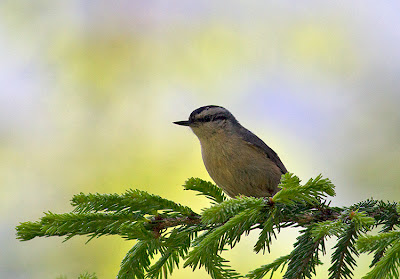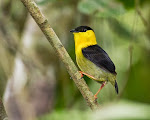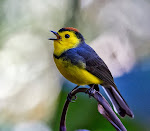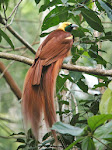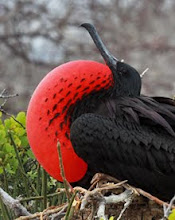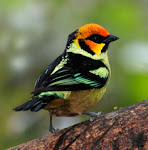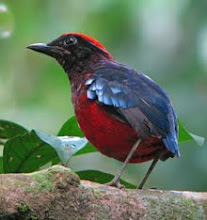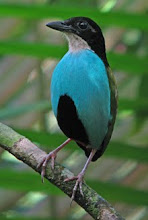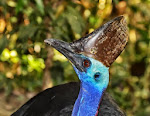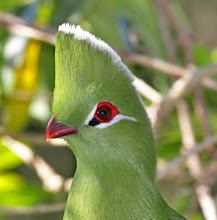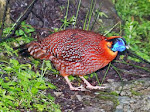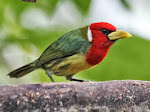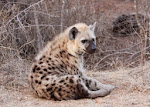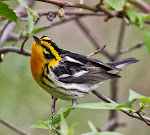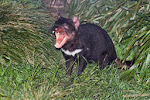After some long hikes, and some frustrations the day before within this popular, well-regulated, park, our man on the ground Frank, (a legend in his own lifetime by virtue of the phenomenal food provided by him throughout the tour, whether it be in or out of the field; AND his ability to negotiate around some of the trickiest issues when birding in China-i.e. roadblock and the like), rustled up a private vehicle for us within Jiuzhaigou for the day. This led to my best day of birding of birding within the park in all my 6 visits to the area. We started by heading up to the highest point within the park, Long Lake (3150m/10,300ft). Although this area is very popular among tourists, for the amazing views over this scenic lake, which is surrounded by peaks capped with white tops, and draped on their lower slopes by tall pine forests, the first buses were not due until later, and so we enjoyed some time alone (bar some staff setting up their stalls for the day). However, before we had even reached the end of the road, which terminates at the lake, a large blue shape at the road verge, caused us to call the bus to sudden halt: Blue Eared-Pheasant. In the ensuing panic to get the bus manoeuvred into position so all could see the bird well enough, the bus driver backed the vehicle into a stone wall! Amazingly, the driver merely laughed at this, his pride a little crumpled like the bumper, and then re-positioned the vehicle. Unfortunately by that point the bird had retreated back into the pines, so we got out and surveyed the grassy slope, in the forlorn hope of finding it again, only to witness the bird scamper out from cover and cross a broad, open patch of grass in full view of all of us!
Once we reached Long Lake, several attempts were needed to persuade the shy Snowy-cheeked (Sukatschev's) Laughingthrush to show to us, the third individual tried with remarkable success for a notoriously shy bird. We got it just in time before the first large batch of tourists arrived for the day, which was our queue to leave for lower elevations....This largely meant a revisit to the "Robin Valley" on the hunt for the elusive, though handsome, Rufous-headed Robin. This bird has currently just one known breeding site, (this narrow valley), which boasts only around 4-5 territories. The bird's presence was quickly confirmed though, through its rich, almost nightingale-like song, but over several hours we got only frustration as a few glimpsed the bird, but none with full satisfaction. Finally, after lunch and not a lot else, we went for a walk deeper into the woods, where, amazingly, a male hopped onto an open trail in front of us, and allowed us all more than respectable views as it remained there for a few treasured minutes!
Our next stop was a scenic one within the Rize Valley - at Pearl Shoales - an absolutely dramatic set of interlinked cascades, many of which have tall trees growing out of the water within them. We weaved our way past the Buddhist prayers flags, and joined the crowds admiring a very special landscape indeed, where we were sidetracked by the odd bird too, such as White-throated Dipper, White-capped Dipper, and even a male Rufous-bellied Niltava just off the official trail.
Finally, we rounded out the day with Maroon-backed Accentor, a group of Three-banded Rosefinches, and the odd male Vinaceous Rosefinch at the Primeval Forest.
The next day we were to traverse the Tibetan Plateau en-route to the Tibetan town of Maerkang. A long, though bird-packed day...















